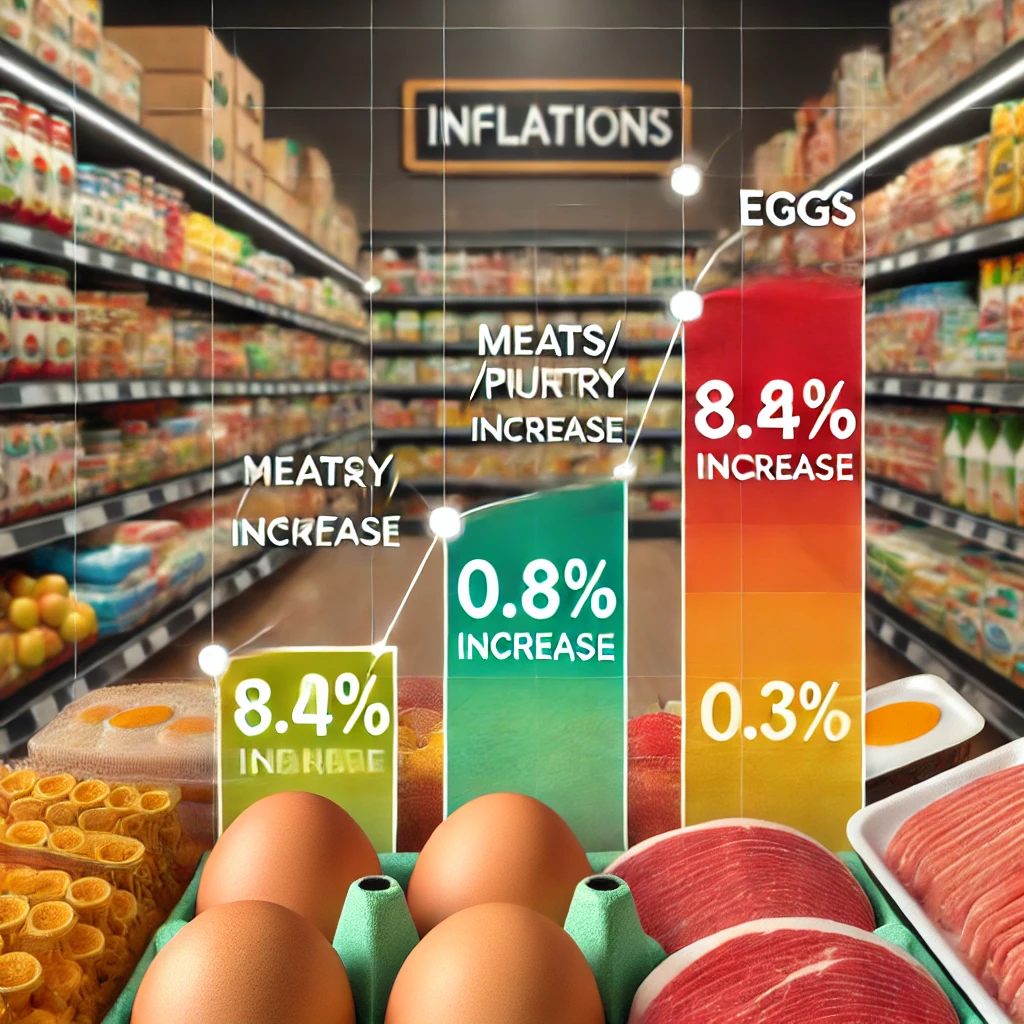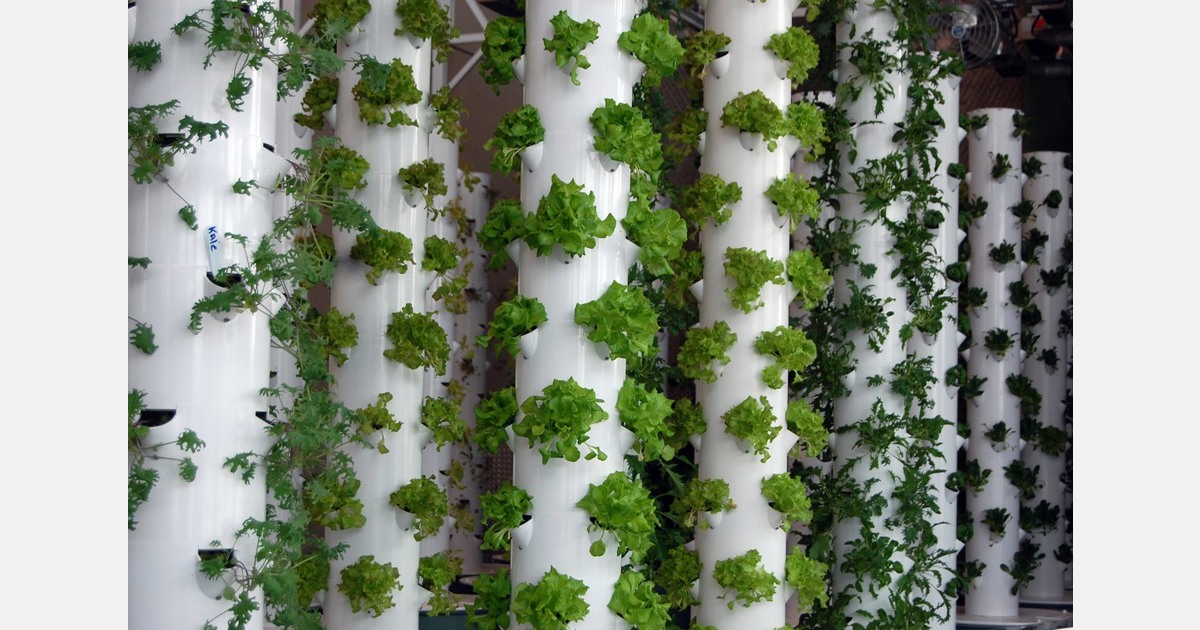FDA’s new rules on agricultural water use for imported fruit
By Sebastian Ramírez
Earlier this year, the U.S. Food and Drug Administration (FDA) imposed new rules on the use of agricultural water during pre-harvest for fresh produce exported to the U.S.
The new measures, which seek to identify conditions that are reasonably likely to introduce known or reasonably foreseeable hazards to produce or food contact surfaces, were detailed by Mississippi State University professor Juan Silva during the 8th Jalisco Avocado Congress, held in Mexico.
The food science expert explained that, specifically, the regulation seeks to determine whether corrective or mitigating measures should be implemented, and in what timeframe, to minimize the risks associated with pre-harvest agricultural water.
Related article: Challenges for Mexico to remain at the helm of the avocado market
For avocados, in particular, the safety challenges lie in pesticide residues, and pathogens such as salmonella, which has been found on some occasions in imported products.
However, Silva said, “Fortunately for avocados, the rejection rate for pesticide residue violations is very, very low.”
He also highlighted the risk of Listeria monocytogenes, a pathogenic bacterium that causes listeriosis and is almost always associated with packaging or already processed products, such as guacamole. He assured that this pathogen is the one that has caused the most product rejection for avocados and that, therefore, there is an import alert in force.
“In terms of listeria, environmental contamination and contamination in packaging or processing plants is the main cause,” Silva said.
Pre-harvest water
The first thing for Silva was to define what agricultural use water is, which he said “is the water that touches the harvestable part of the product. For example, according to the regulation, in most cases, irrigation water is not agricultural water; however, if the same source is used for applications, it does fall into the category.
Silva told the attendees that what the FDA regulation seeks is “that you make an evaluation of your water system, from the source to the point of use, to identify the potential hazards in that distribution system and then take action”.
Producers must do an annual inspection of their distribution system to see if the source is clean and take corrective action.
In addition, they must do an assessment, which seeks an analysis of the entire water system, to include what possibilities there are for contamination of that water system, both immediately and in the long term.
“First we must look at the components of the water system and make an assessment of those components, both the impact of animals and the impact of amendments, or the impact of our neighbors,” Silva said, adding that ”if there is one or more possibilities of contamination in those different activities that we carry out, then we have to take measures.”
Contamination factors
Sources of contamination in a water system can be multiple, including livestock, wildlife, and even birds.
Silva gave the example that if a fruit plantation abuts a producing cow farm or chicken coop, these can contaminate the product through direct contact or the air.
“There are already FDA cases in which the presence of animals near production fields has contaminated harvested fruit products,” he said.
A septic tank near a plantation can also be a major source of contamination.
Shared water sources provide another challenge, as they are not under the farmer’s full control, so Silva suggested looking for alternatives.
However, he said that “there are very few cases in which evaluation is not required, for example, if they use municipal water, drinking water”.
What to do with contaminated water
A water analysis may show contamination if, for example, there is a dead animal in the source or if there is flooding affecting the source, or if a positive result is found for any pathogen.
In this case, Silva indicated that according to the regulation, “they have to suspend the use of the water and take corrective measures, which can be, to look for an alternative source or to treat the water.”
Once the corrective measures are taken, the water system must be re-inspected to make sure the corrective measures work.
“In areas of the U.S. with high pathogen incidence, growers start treating water 10 days before the start of harvest to prevent outbreaks,” he said.
Specifically, the new regulation obliges fruit growers – under the aforementioned conditions – to take the corresponding water analyses on an annual basis.
In the face of obvious contamination risks, preventive measures must be taken to minimize the risk of contamination and, in the face of a positive result for pathogens in field tests, water sources may not be used until the sources of contamination are corrected and the tests show negative results.




